Awards
Ateme’s innovative technologies have won prestigious industry awards.
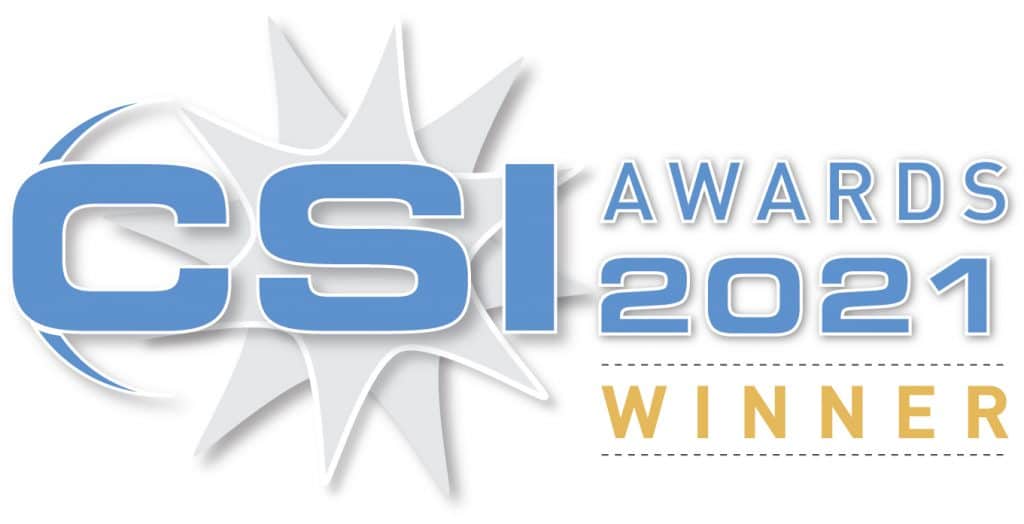
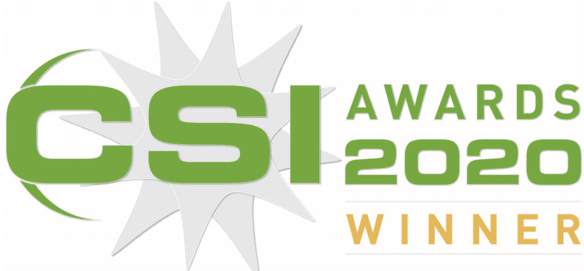
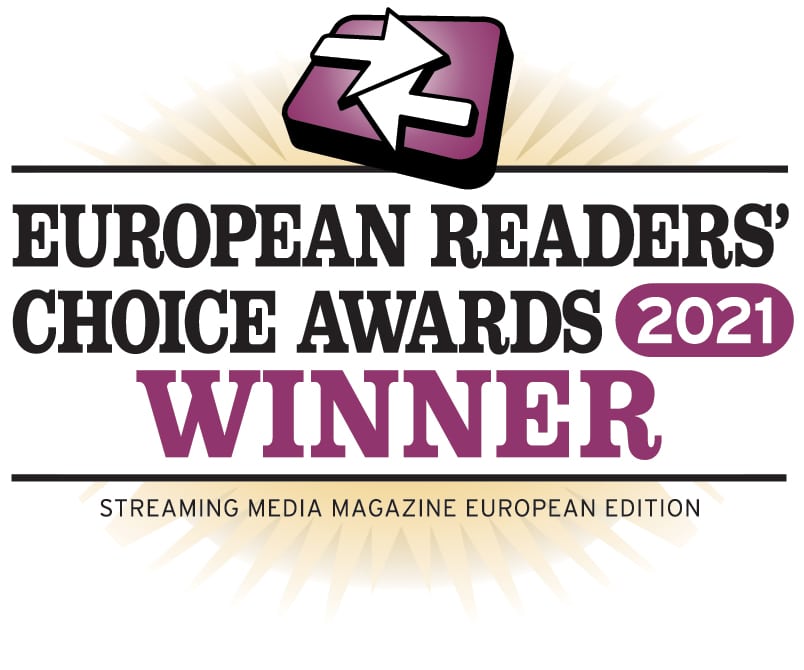
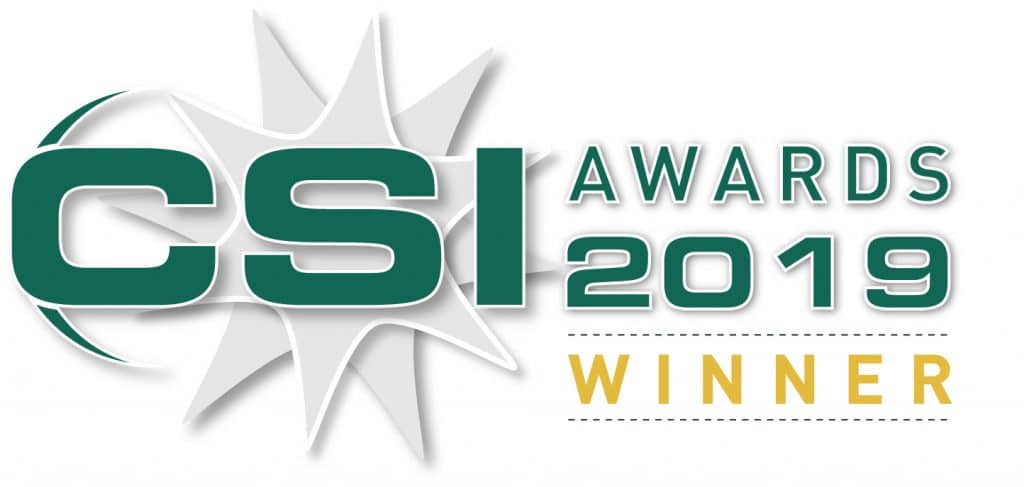

Industry Committees
Ateme is an active member of multiple industries forums, international organizations and societies which contribute in promoting technology by developing standards and sharing excellence in business practices and operations.
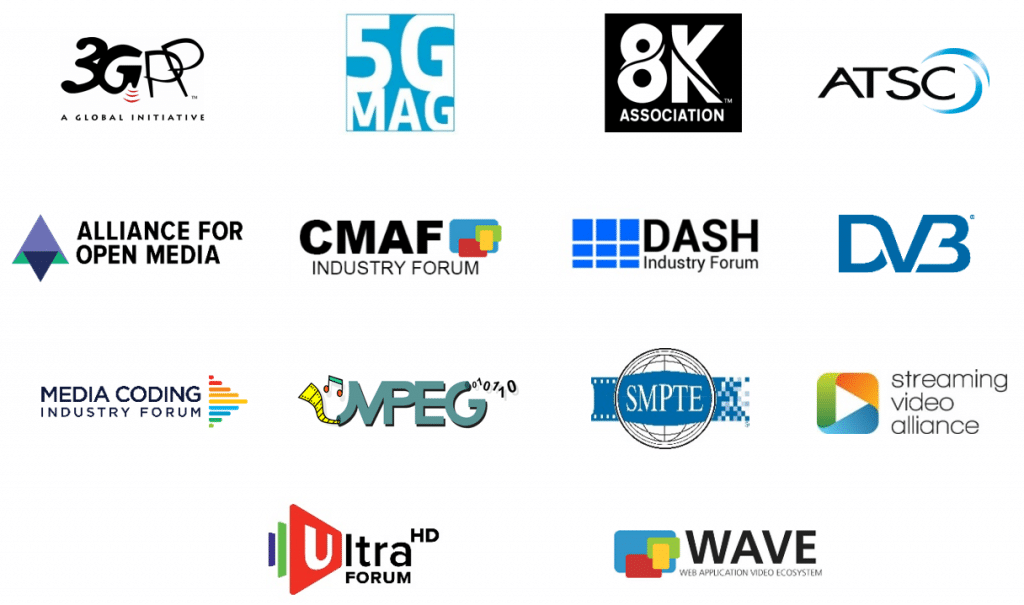
Advanced Research
Ateme actively contributes to a number of innovative collaborative projects and aims to develop and promote technological advances in video production and delivery. Thanks to the sustained efforts of our R&D team and our partners, we have successfully provides a number of technological advances and innovations to the live and file video-delivery industry.
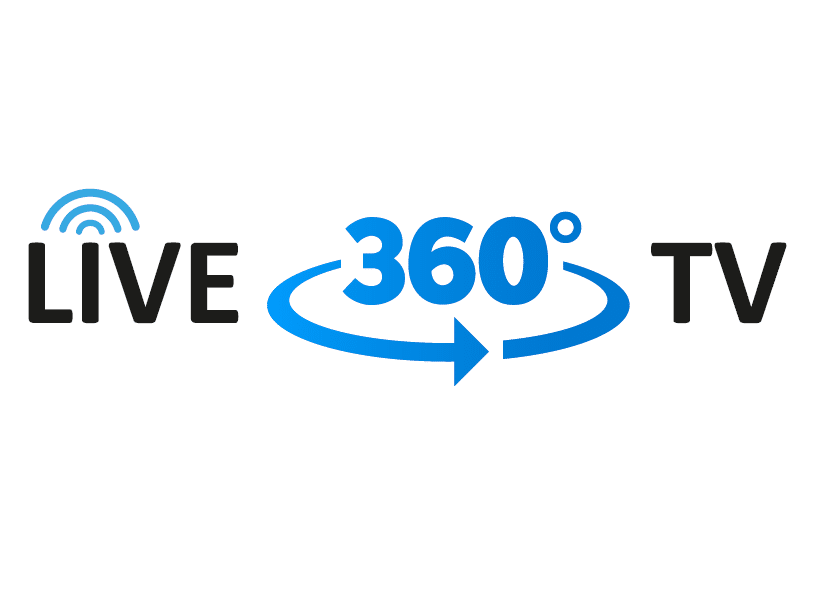




TITAN Edge Project
With the help of the Ile-de-France regional council and the European Union, Ateme jointly developed the TITAN Edge project. TITAN Edge aims to be a disruptive solution for video distribution links.
The objective of the project is to develop a new-generation, innovative video distribution platform based on the TITAN components to solve the regionalization problem. Broadcast and OTT handle the decoding, on-the-fly transcoding, cache and splicing. Through this project, Ateme aims to design, test, validate and demonstrate that the economic and development costs of this new system can be brought down to competitive levels.
The project is co-financed by the European Regional Development Fund.
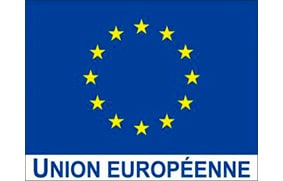
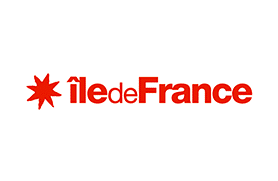

3EMS Project


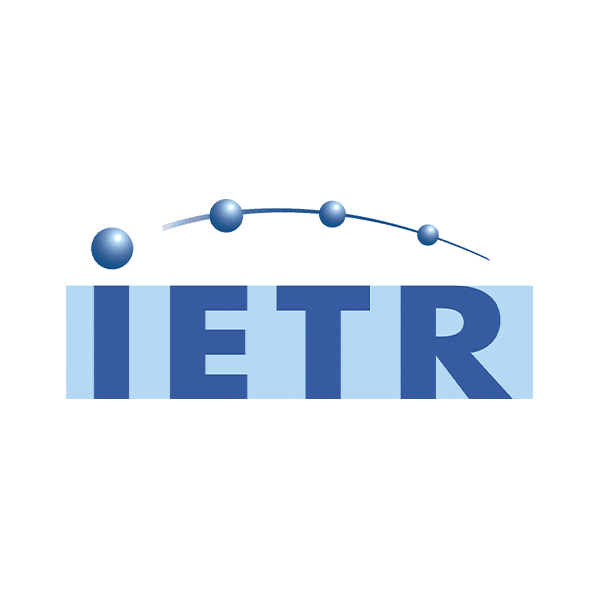



The 3EMS project, which stands for “Energy Efficient Enhanced Media Streaming,” aims to develop the technical bricks for delivering linear video services based on recent video coding and delivery standards. The project is built around four major axes:
- The “Versatile Video Coding” (VVC), which is the state-of-the-art video compression technology standard released in mid-2020.
- Multicast and broadcast delivery of media content over 5G network, targeting the first commercial deployment in 2020 in France.
- Artificial Intelligence to optimize video quality as well as video coding, delivery and rendering in the end device.
- Reducing the overall energy footprint, using pre-/post-processing methods, adaptive resolution switching and network optimization.
3EMS-2 Project
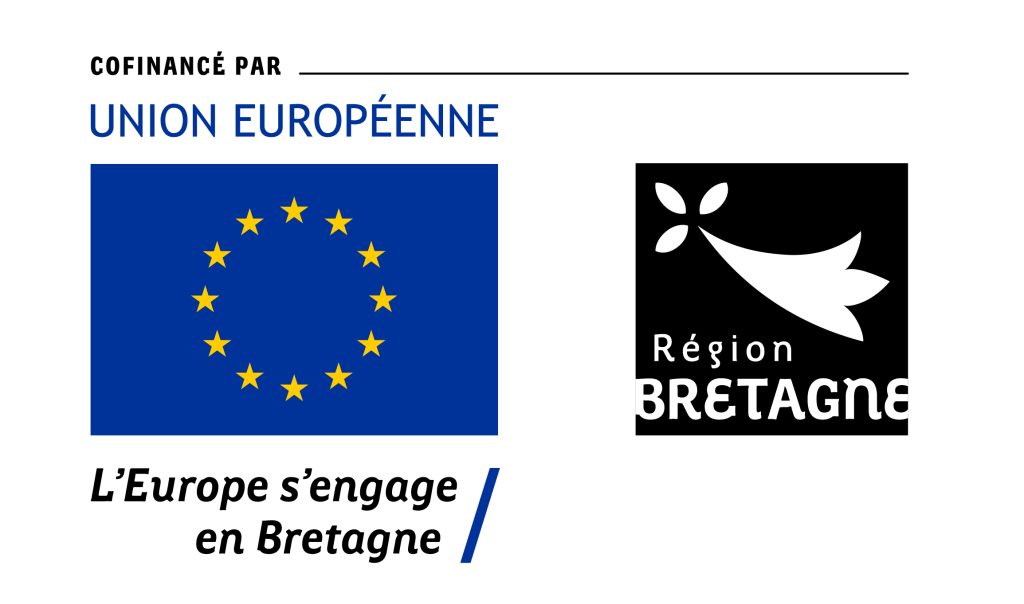



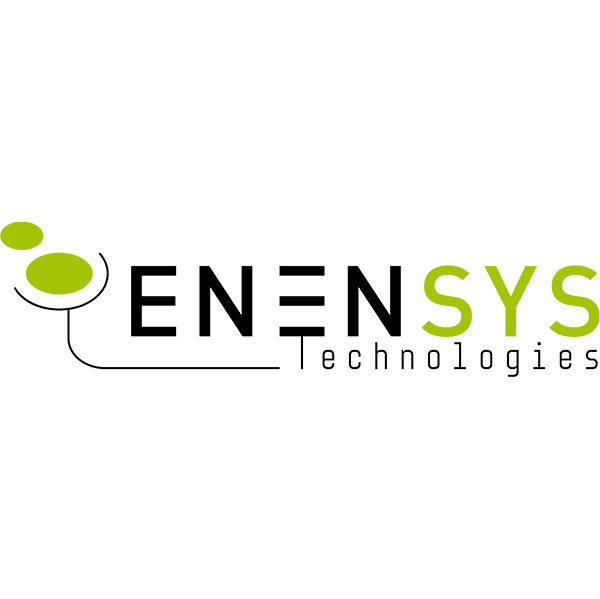
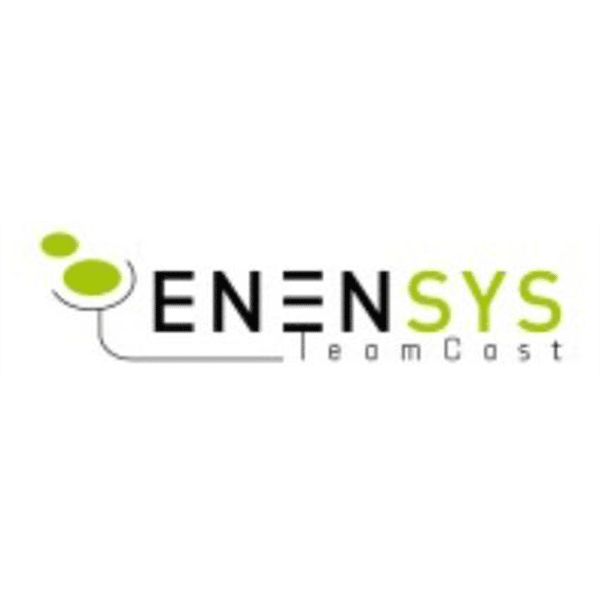

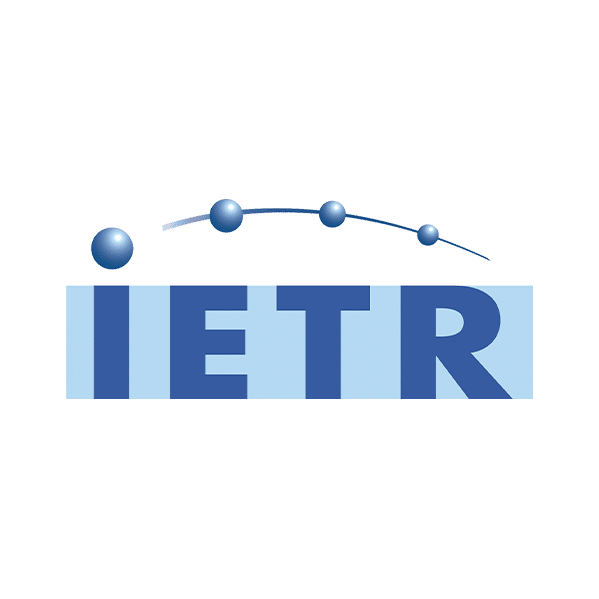
The 3EMS-2 project focuses on the development, improvement, and commercialization of technological solutions for video content delivery based on VVC coding and satellite distribution standards compliant with the DVB-NIP standard, with the objective of a reduced energy impact. The standardization of “green” metadata with application standardization bodies is an integral part of the project. This step is essential to allow the deployment and exploitation of these metadata in commercial applications.
The 3EMS-2 project, financed under the “ERDF/SSE + Brittany 2021-2027 Program,” is a follow-up to the 3EMS project, whose main findings are repeated by addressing several new elements:
- The implementation on dedicated platforms of VVC encoders in order to reduce energy consumption.
- The improvement of VVC post-decoding processing bricks and the addition of end-user control functionalities.
- Extending the scope of 5G distribution to satellite broadcast distribution via the new standard defined by DVB in February 2022 (DVB-NIP standard, DVB BlueBook A180).
- Standardization of green metadata with application standards organizations.
This project is co-financed by the European Regional Development Fund (ERDF), the Brittany Region, and Rennes Métropole.
NESTED Project
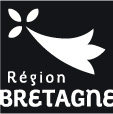



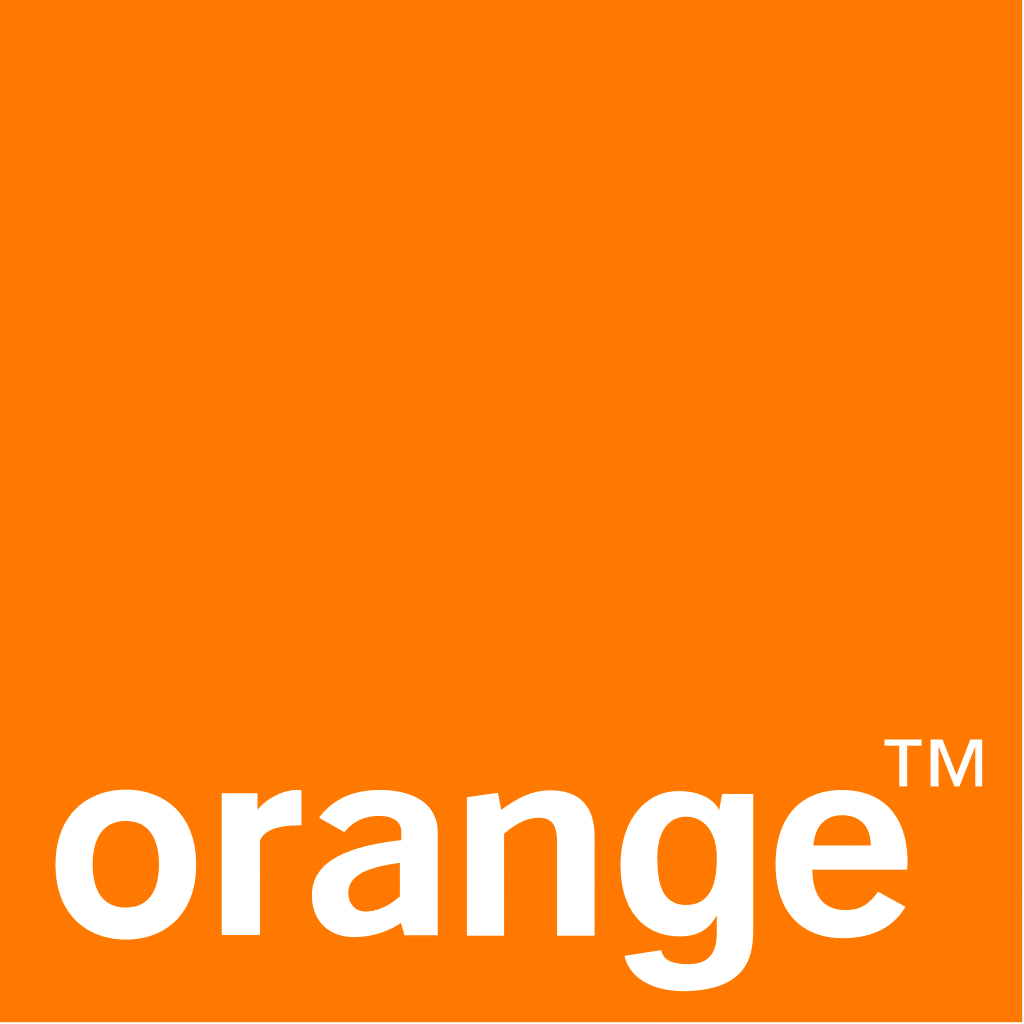

The NESTED (New vidEo STandards for Enhanced Delivery) project focuses on the development of a video streaming solution with a controlled energy footprint, enabling operators to reduce infrastructure and broadcast costs while delivering the best quality of experience to viewers.
This project will enable the harmonization and convergence of broadcast and broadband using the latest VVC coding and video delivery standards specified at DVB and 3GPP.
For Ateme, the work resulting from the NESTED project will make it possible to develop several strategic axes, and to push them into production:
- VVC encoding
- Low-latency packaging with advanced functionalities
- Development of elastic CDN and just-in-time functionalities
This work will enable a mobile phone operator to reduce broadcasting costs on its high-audience linear TV services via 5G, but also to gain new market shares in video broadcasting. Thanks to this innovative approach, the operator will be able to leverage its investments in infrastructure and its 5G network to offer an alternative to CDN solutions on the market, and complement its offerings for fixed 5G customers with TV services comparable to what is available on fiber offers.
This project is co-financed by the Brittany Region and Rennes Métropole.
SimpleRAN Project
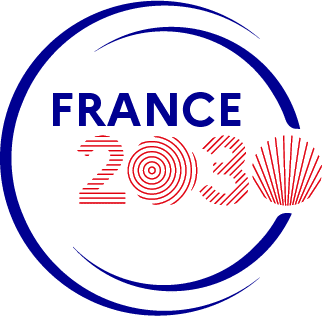



The SimpleRAN project aims to develop virtualized mobile networks (vRANs) for 5G/6G, based on a minimalist distributed architecture. This initiative is designed to simplify the implementation of a virtualized mobile network by guaranteeing interoperability between radio stack and RRH (Remote Radio Head), and also to implement a distributed network core, whose operation is optimized by AI, foreshadowing future 6G developments.
As part of SimpleRAN, Ateme will work on an optimized architecture for video streaming, leveraging the new multicast capabilities of 5G networks. In particular, Ateme will collaborate with Videolabs to design a protocol stack adapted to these new channels, taking into account both the standards defined at 3GPP, DVB or ATSC, and a set of experimental protocols currently under development at the IETF.
This project, a response to the “Sovereign Solutions for Telecommunications Networks” call for expressions of interest, has been co-financed by the French government as part of France 2030, and by the European Union-Next Generation EU as part of the France Relance plan.
MERCI Project




The “Media and Event Production via Resilient Communication on IoT Infrastructure” (MERCI) project aims to develop innovative solutions on 5G networks based on the DECT-2020-NR technology for the industrial and audiovisual production sectors by bringing together leading German and French players in the audiovisual and IoT industries.
Ateme completes the capture, production, and distribution chain defined in the MERCI project by integrating and adapting the MPEG-H codec into the encoder and packager for low-latency MPEG-H distribution (CMAF_LL). Ateme is also responsible for interconnecting a low-latency video capture chain to add VVC distribution.
One of the unique aspects of the MERCI Project is to unite different sectors around the ecosystem of the new DECT2020-NR European standard. Like all partners, Ateme contributes cross-functionally to the work for other sectors and addresses spectrum issues related to DECT2020 NR deployments.
Responding to the joint call for projects between France and Germany for private 5G networks for the France 2023 industry, this project has been co-funded by the State as part of France 2030 and by the European Union – Next Generation EU as part of the France Relaunch plan.
Hyper Open X Project


The “Hyper Open X” project (European Convergent Edge Cloud) aims to develop a fully open-source framework (coherent set of software components) integrating the main French cloud computing players by validating their technology through significant use cases, while ensuring sovereignty, data protection, and fair competition.
Responding to the “Development and Strengthening of the French and European Cloud Industry” call for expressions of interest (EOI), this project has been co-funded by the State as part of France 2030 and by the European Union – Next Generation EU under the France Relaunch plan.
